5 th November , 2019
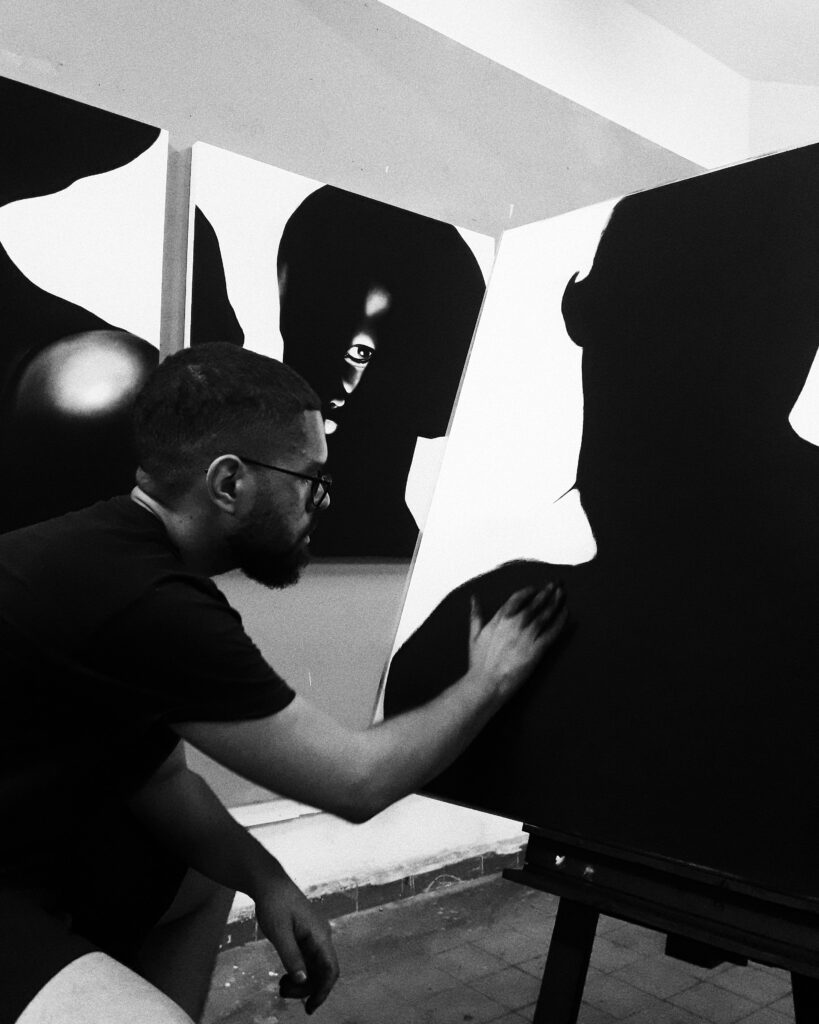
Artist Gustavo Nazareno explores the critical history of Afro-Brazilian religion with his recent exhibition at Luis Maluf Art Gallery called “Bará”. Bará, a works on paper installation of charcoal drawings, all 50×66 cm, explores human encounters with divine beings, or deities, of the Umbanda spiritual belief system called Orixá.
“African religions were brought to the Americas and the Caribbean by way of the transatlantic slave trade. Today, faiths such as Candomblé, Umbanda, Houdou, and Santeria, originated from the spiritualities of the Yoruba, Dahomey, Kongo, and indigenous American peoples,” says exhibition curator, Mackenzie Teek.
Gustavo takes us inside his studio practice, his spiritual practice lived through art-making, and his passion for art that he says was “life-changing”.

ARTX: Tell us about you as a person.
My name is Gustavo Nazareno, some people call me Gus. I’m 25 years old and I was raised in Três Pontas, Brazil, south of Minas Gerais, but now I live in São Paulo. Três Pontas is a small city in the south of the state of Minas, with a population of about 50 thousand people.

How long have you been practicing art professionally, and when did you consider yourself a real artist?
I never had another job, even though I was raised in a humble family that was the only thing that I wanted to do. The opportunity of working as an artist appeared in January of 2018, when I moved to São Paulo. My aunt practices Umbanda and she took me to her ‘terreiro’, the place where the ceremonies are done in Brazil, and as soon as I arrived the ‘Pai de Santo’, the (spiritual) father, ordered me to make seven pictures of the male Orixás (deities). My aunt then brought me to São Paulo because I was in a state of depression in Três Pontas, as soon as I arrived, I met art, which was my cure and my life changed. I didn’t even know how to paint in oil, but when I held the brush, it was like I knew my whole life, and then I knew that I was an artist.

Tell us about your training, formal and informal.
I never studied art at an institution. I started getting interested in art when I was really young, probably when I was around twelve. I really got into Raphael Sanzio, the renaissance artist, and that changed my life! I was in a small city with no money, so I studied anatomy by using my own hand, studying shadows and light. It’s a technique that I still use.
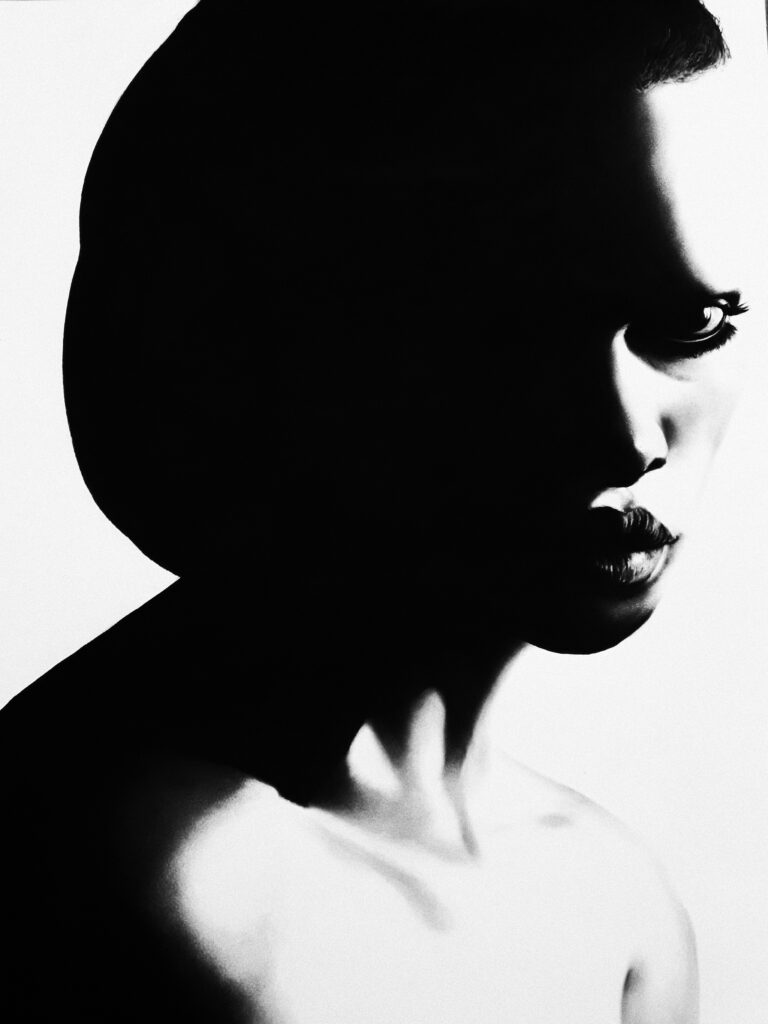
What mediums do you prefer to work in?
I love to work with oil and graphite, but I started working with charcoal in the beginning of the year while doing the “Bará” installation. I was telling the story of the Orixá Exú, so I had to do it in that material. Charcoal in Umbanda is used to clean the air from bad spirits.
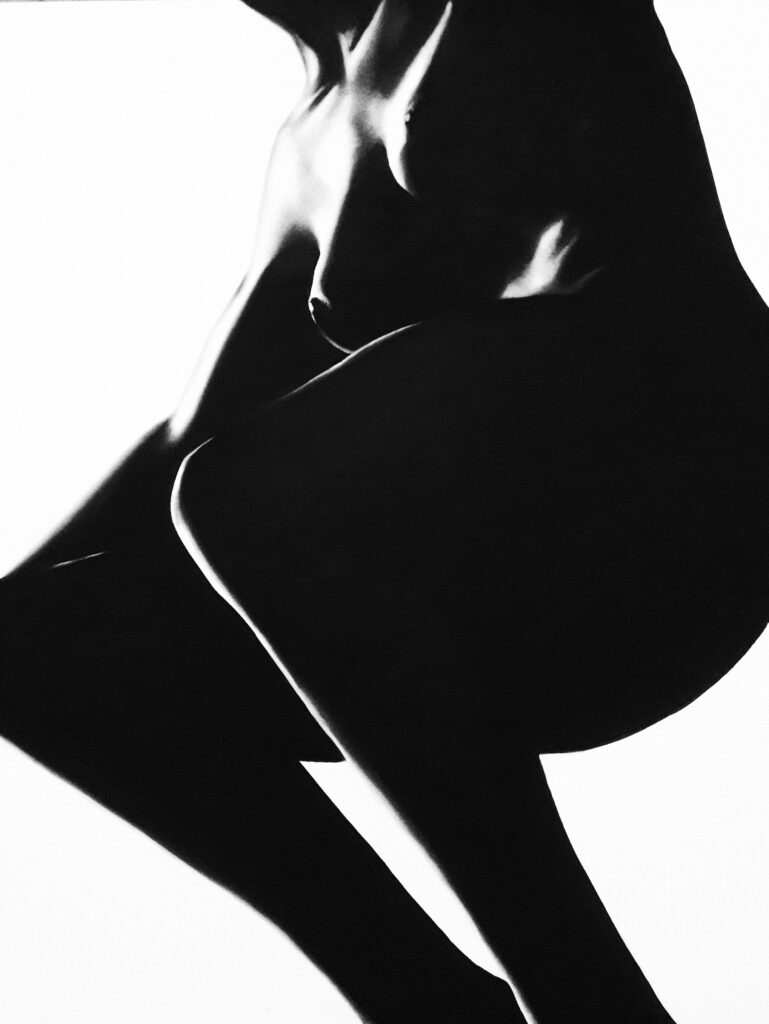
Who are some of your art inspirations? What are some of your non-art inspirations?
Rafael Sanzio and Emanoel Araújo are my biggest inspirations in art. I watch the documentary ‘Raphael, a Mortal God’ every time I feel sad. Some of my inspirations come from fashion photography, like the work of Irving Penn, Richard Avedon, and Herb Ritts. My grandfather, who raised me, is my biggest inspiration with my work ethic. He always said to not give up and learn from the bad days, because learning does not come for free.
When do you know when a work is finished?
My work talks to me, especially because I treat them like a prayer. I create images of spirituality, so I have to have faith in them. That’s how I know when it’s done.
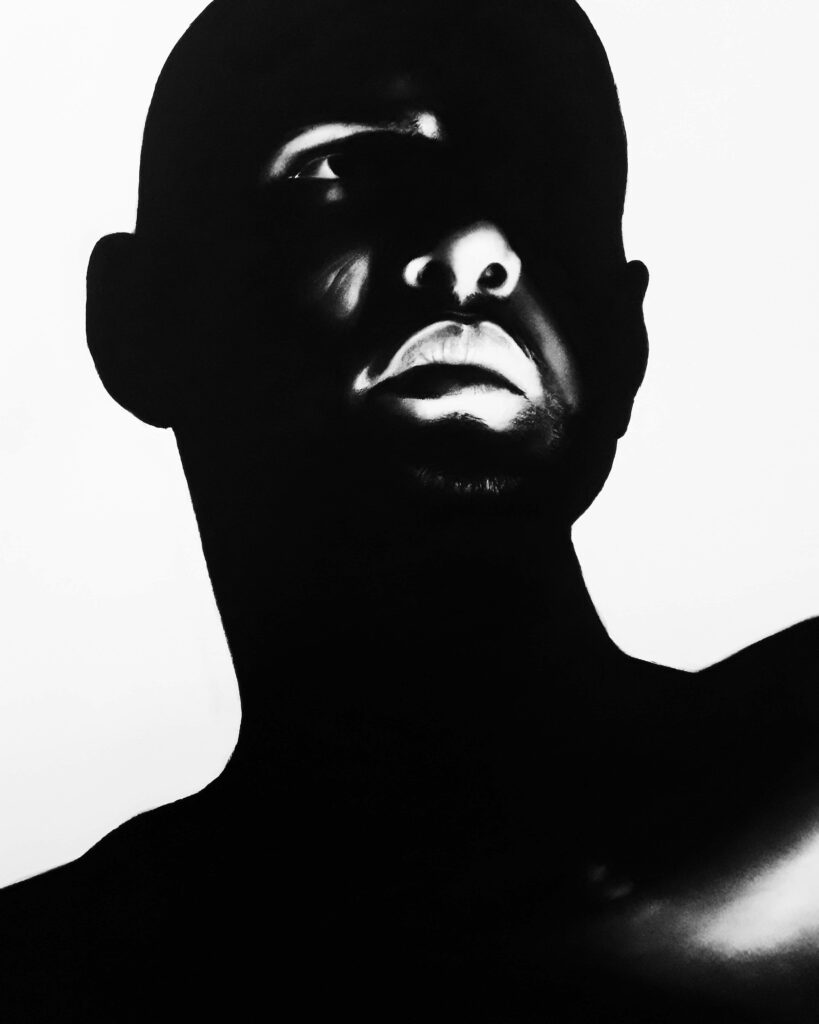
Tell us about your process when working. Do you listen to music or do any rituals to get ready to make art?
I was working with the Orixá Exú since January, and in the spiritual realm, he is my father, so I always light a candle and pray to him before I start a drawing. I also love listening to Philip Glass and Uakti ‘Águas da Amazônia’ while drawing.
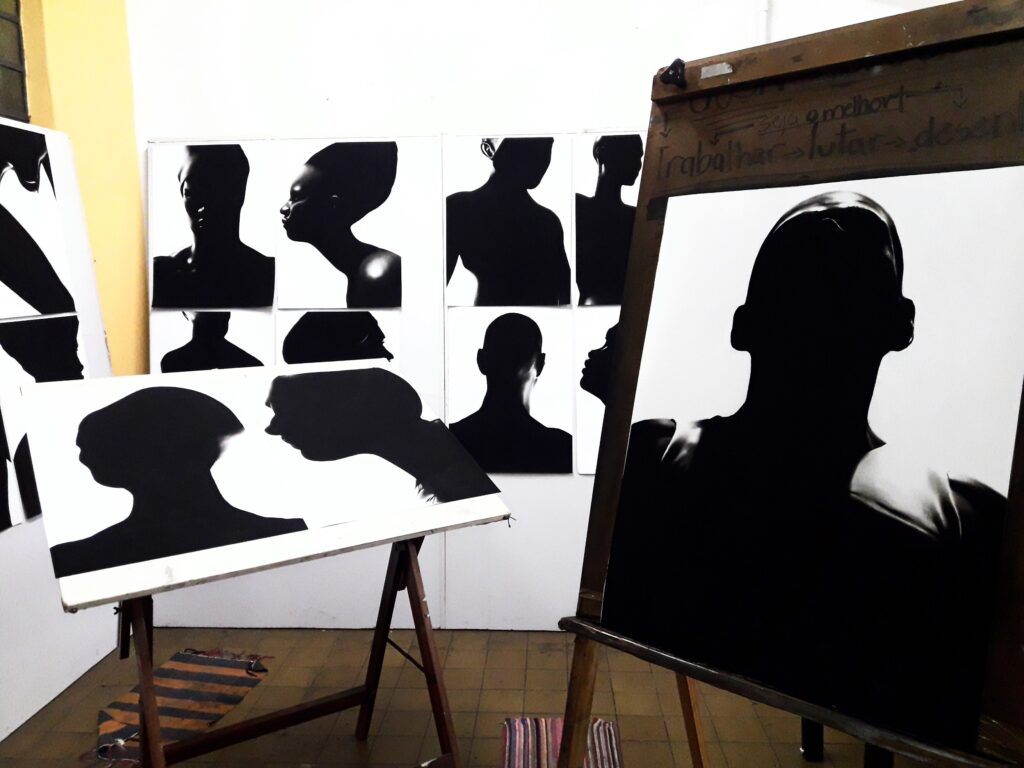
What are the meanings and the concepts behind this particular body of work?
“Bará offers a visual exposition of the Orixá, Exú—but unlike popular depictions of messianic figures in art, as Christ is often portrayed as himself in human flesh, Bará invites audience members to imagine themselves as Exú”. This statement is from my amazing curator, Mackenzie Teek, who helped me put my body of work into words. The naked figures dressed in shadows by light coming from different directions in a choreography inside a ceremony of the Orixá, represented as a us, humans. Exú is the Orixá of communication and order, the closest to us, the connection of the human and the divine. The light means the divine and the shadows refer to the mystery dressing the human body, Exú.
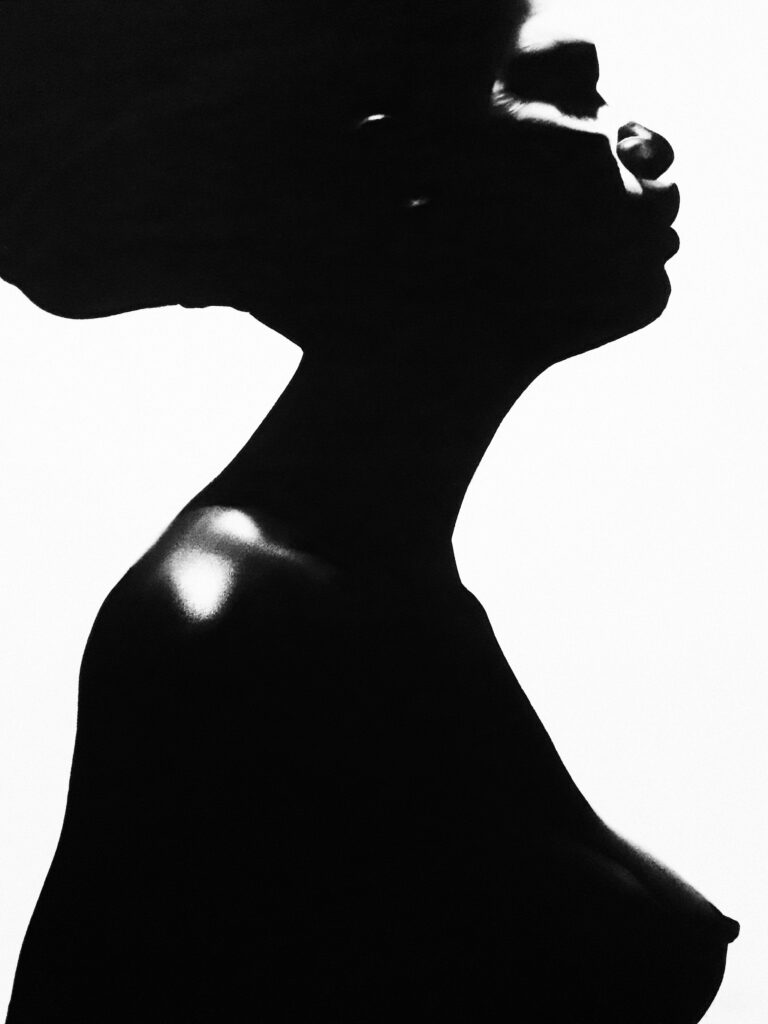
What do you want viewers to take away from your work?
Connection and representation, but especially connection. I don’t know how to describe that, but I want my pieces to connect to whoever views it.
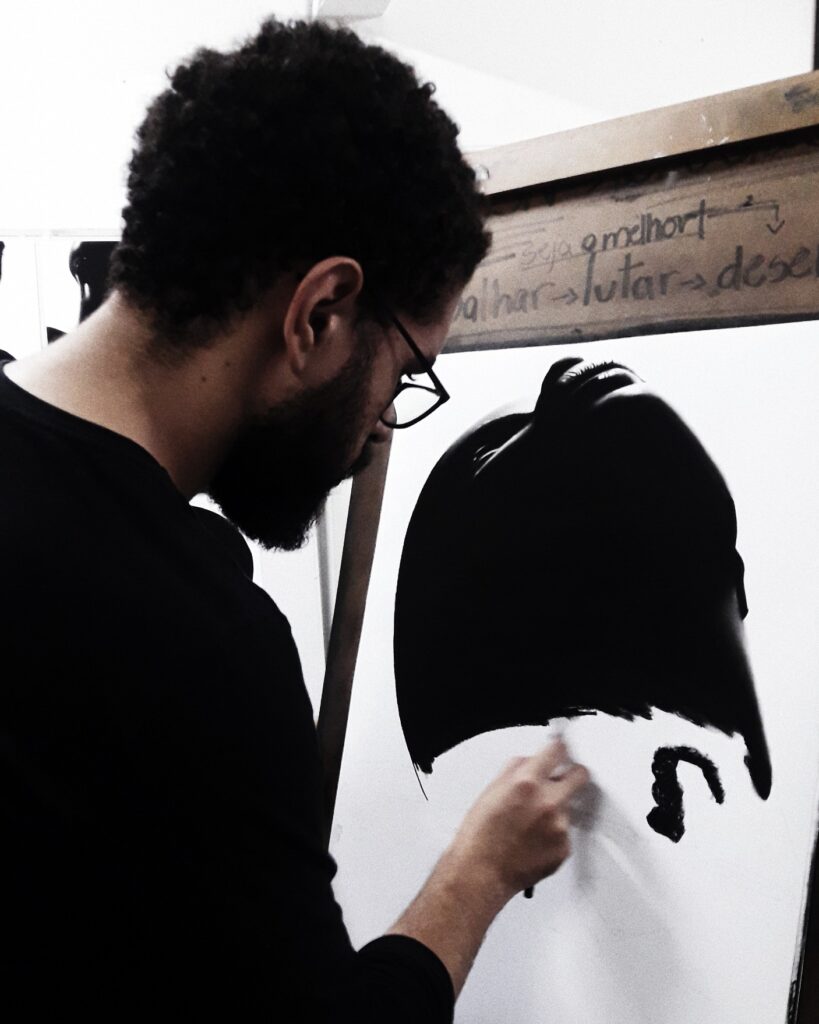
What are your biggest goals as a visual artist? And what has been your proudest moment professionally?
I just opened my first solo show here in São Paulo called “Bará” in the Luis Maluf Art Gallery. I want to keep creating about my faith with all of this passion! I love art, I love spirituality, I love Umbanda… I’m moved with love. So I want to keep doing everything with lots and lots of love! I’m open to all opportunities that are out there!
“Bara”, is on view at Luis Maluf Art Gallery until November 7, 2019. Follow Gustavo Nazareno on Instagram at @gunazareno